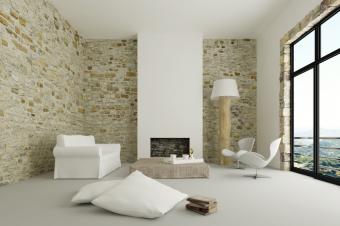Wall Texture

Pebble Wall Texture

French Limestone

Textured Concrete Wall

Travertine

Wall Paper

Wood Paneled Walls

Textured Sheet Metal

Mosaics

Mosaic Tile Patterns

Faux Paint

Wood and Metal Cladding

Onyx

Beadboard

© 2025 LoveToKnow Media. All rights reserved.







